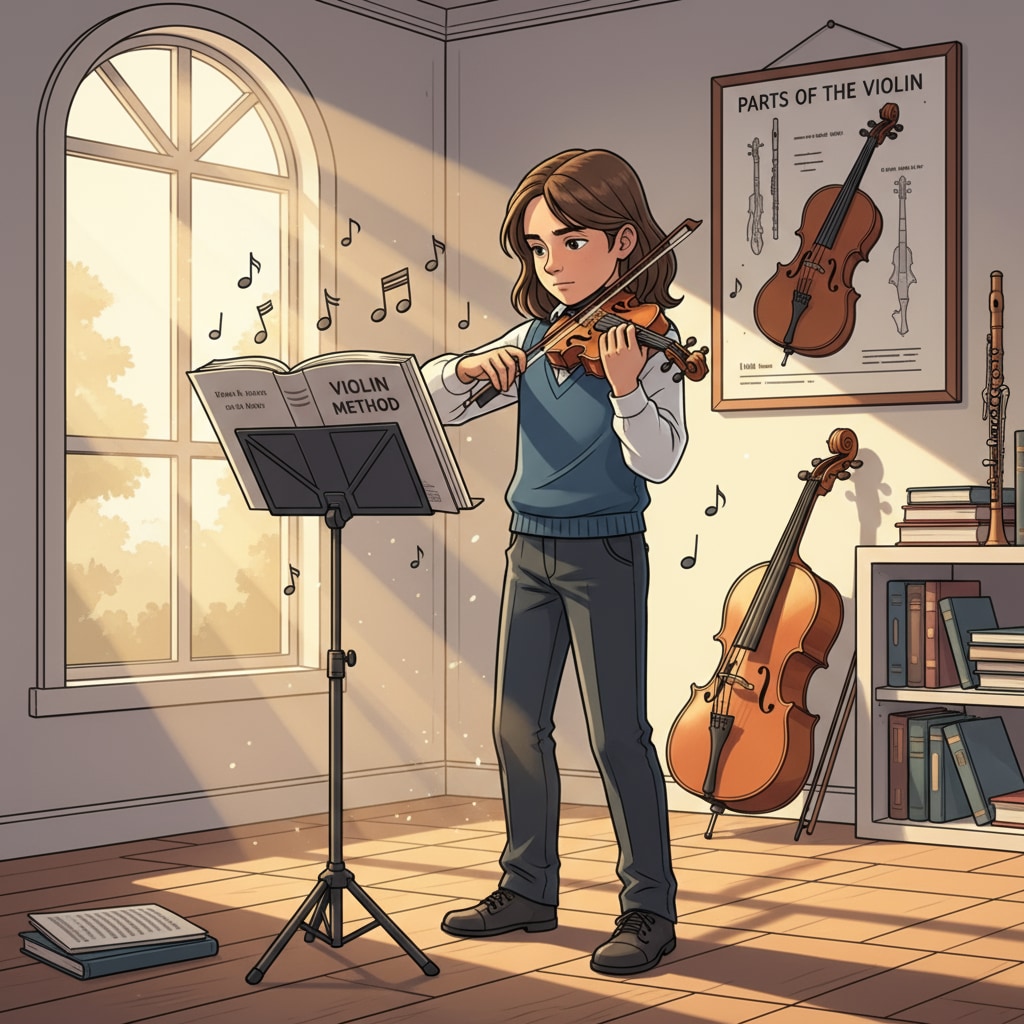The fascinating world of sound is full of surprises, and one such instance that left an indelible mark on me was the time when I mistook violin sounds for crying. It was a typical day at school, and the air was filled with a medley of sounds – the chatter of students, the ringing of bells, and the faint strains of music coming from the art wing.

As I made my way towards the library, a sound caught my attention. It was a mournful, drawn – out sound that I instinctively associated with someone in distress.
The Initial Confusion
At first, I couldn’t quite place where the sound was coming from. It seemed to be echoing through the corridors, adding to the mystery. I followed the sound, my curiosity piqued. I thought for sure that I was going to find a student who was upset. However, as I got closer to the source, I was in for a big surprise. Instead of a crying student, I found myself outside the music room, and the sound that I had mistaken for crying was actually the beautiful, yet melancholic, tones of a violin being played. For example, the long, sustained notes that I had initially perceived as sobs were part of a complex musical piece. Violin on Wikipedia

The Subjectivity of Sound Perception
This experience made me realize just how subjective our perception of sound can be. What one person hears as a cry of distress, another might hear as a work of art. Our past experiences, emotions, and expectations all play a role in how we interpret sounds. In my case, I was conditioned by the common association of certain types of sounds with crying. As a result, I failed to recognize the musical qualities of the violin at first. In addition, cultural background can also influence sound perception. Different cultures have different musical traditions, and what might be considered beautiful music in one culture could be misinterpreted in another. Music on Britannica
Moreover, the context in which we hear a sound is crucial. If I had been in a concert hall, surrounded by the ambiance of a musical performance, I would have been more likely to recognize the violin for what it was. But in the school environment, with the expectation of normal school – related sounds, my perception was skewed.
The Significance of Art Education in K12
This incident also highlighted the importance of art education, especially in the K12 phase. Music education, in particular, helps students develop a more refined sense of sound perception. It exposes them to different musical instruments, genres, and styles, broadening their auditory horizons. By learning to play an instrument like the violin, students gain a deeper understanding of the nuances of sound production. They learn how to control pitch, volume, and tone, which in turn enhances their ability to distinguish between different sounds.
Art education also fosters creativity and emotional intelligence. When students are exposed to music, they are encouraged to interpret and express emotions in a non – verbal way. This was evident in my experience; the violinist was able to convey a range of emotions through their playing, and it was my lack of musical understanding that led to the initial misunderstanding.
Readability guidance: The above content uses short paragraphs to make the points clear. For example, in the section on the subjectivity of sound perception, different factors influencing perception are presented in separate, concise paragraphs. The use of lists could be further enhanced, perhaps by listing more specific cultural differences in sound perception in future expansions. The passive voice is kept to a minimum, and transition words like ‘however’, ‘for example’, ‘in addition’, and ‘as a result’ are used to connect ideas smoothly.


